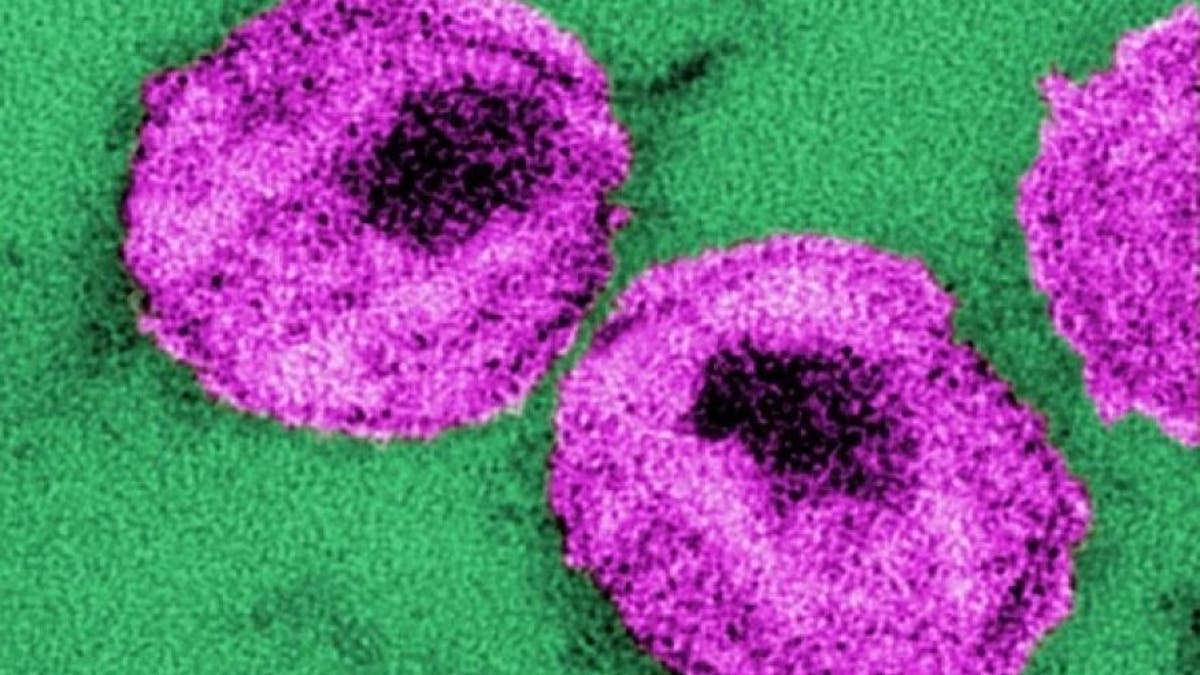
The CDC documented the first AIDS cases in 1981. Within three years, most state health departments required hospitals and physicians to report and name each new diagnosis.
Surveillance systems soon evolved to capture each AIDS-related death. Health officials used that information to direct resources to the hardest-hit areas and study how the disease was spreading. Officials and the public watched deaths across the country climb at an alarming rate.
"AIDS was constantly increasing," said Mervyn Silverman, San Francisco's director of health from 1977 to 1985. "AIDS cases became a few thousand, then 20,000, and it scared the hell out of people."
Activism swelled, helping to attract millions of dollars for public education campaigns and drug development. The number of infections peaked at about 78,000 in 1993 and then rapidly fell. In 1995, as new, effective drug treatments became available, the number of deaths peaked at about 53,000. In 2013, the latest year for which numbers are available, about 13,000 people died with AIDS.
So far, drug-resistant infections haven't prompted anything like that sort of broad mobilization.
Consider that for the current year, Congress allocated $7.7 billion to fight AIDS, including $789 million to the CDC for prevention and research. For antibiotic-resistant infections, which kill tens of thousands of people a year, this year's total allocation came to $1 billion. Of that, $160 million in new money goes to the CDC, which until last year didn't even have a line item in its budget for fighting drug-resistant infections.
